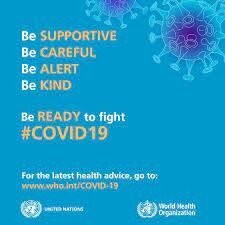Performance Analysis of Self-help Groups in India
Abstract
What makes the microfinance movement in India unique is the active involvement of formal financial institutions in providing essential financial services to the poor by establishing links with informal groups as clients. These institutions have supported the self-help group (SHG) programme,1 innovated and initiated by the National Bank for Agriculture and Rural Development (NABARD), by providing microcredit to, and encouraging the habit of making small savings among, the financially deprived. The SHG scheme is not just a mechanism of financial intermediation but also a unique process of socio-economic engineering. The members of each SHG are given the opportunity to participate as equals in deciding the future course of action to achieve their desired objectives. Along with increasing financial access, the SHG movement also supports women empowerment and furthers other developmental goals related to education, health, family planning, and access to land and water.

